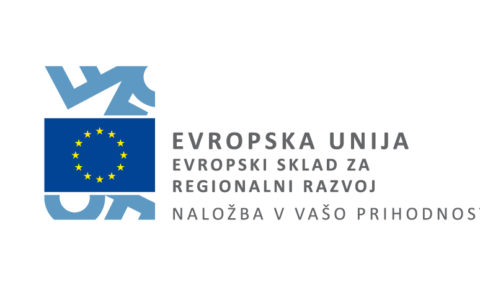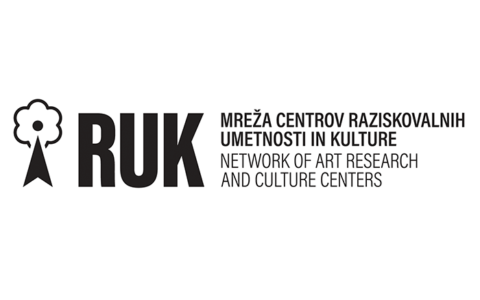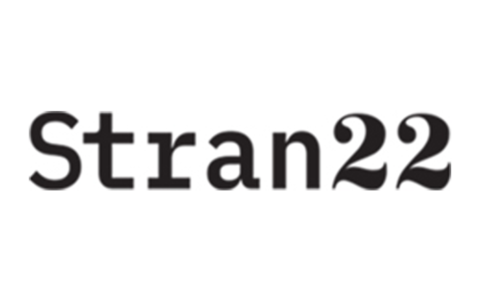FESTIVAL IZIS
Hylē
Theresa Schubert
In Aristotelian philosophy, Hylē is the original substance, the primordial matter
that only takes shape through human processing (tecnē).
translated from Werner Marx: Einführung in Aristoteles‘ Theorie vom Seienden, 1972, 40
The audiovisual installation Hylē interacts with one of the most existential bodily mechanisms of living beings: breathing. Between observation, meditation, material experimentation and playful action Hylē offers an algae-altered narration about aspects of our world by investigating visual metaphors of network dynamics modulated in realtime through interaction with a living biological sculpture and the larger world. Hylē displays the successive interconnectedness of the presence, the actions taking place within and the effects, reactions and feedbacks they cause.
The multi-channel video environment is created from 3D-laser scans of a forest and the inside of a server farm and open for interaction to the public via sensors. By breathing into a funnel device two aspects of the work are affected: firstly, the CO2 enriched air will be measured by a sensor before it is being pumped into the algae bioreactors. The sensor signals will trigger disturbances and abstraction in the scanned video environments and sound synthesis in realtime. Secondly, algae need CO2 for their metabolism and will release Oxygen in their photosynthetic process which is returned to the air in the exhibition space thus creating a feedback between human breath, algae and the audiovisual spheres. By this Hylē suggests an aesthetic and conceptual relation by interlinking a forest as a hyperorganism with a server farm as metaphors for the underlying networks of our digital and carbon lifes.
The audience is invited to participate in the interactive installation, experiencing the impact of their presence by altering the immersive and ephemeral audiovisual environment and by this their own sensorial state.
Credits
Artist: Theresa Schubert
Programming and Sound: Ivan Taranin
Sensor Programming: Sarah Grant
Project Management: Helene Bosecker
Co-production: RUK/PiNA, 2022
Thanks to: Laura König-Mattern, Max-Plank Institut Magdeburg
Hylē was funded by the Federal Government Commissioner for Culture and the Media.
Hylē was originally commissioned by laboratoria Art+Science Foundation.
Artist
Theresa Schubert is a Berlin-based artist exploring unconventional visions of nature, technology and the self. She holds a PhD in Media Art from Bauhaus-University Weimar. Her work combines audiovisual and biomedia to conceptual and immersive installations or performances.
In her artworks, living organisms, as well as algorithms and machine learning models, become meaningful co-creators, investigating the relationship of humans to their environment and the emergence of matter and meaning beyond the anthropos. More recently, she works with high-res video environments and 3D Laser Scanning to challenge modes of perception and question the human-machine-nature relationship in hypertech societies.
Website links
Partners








